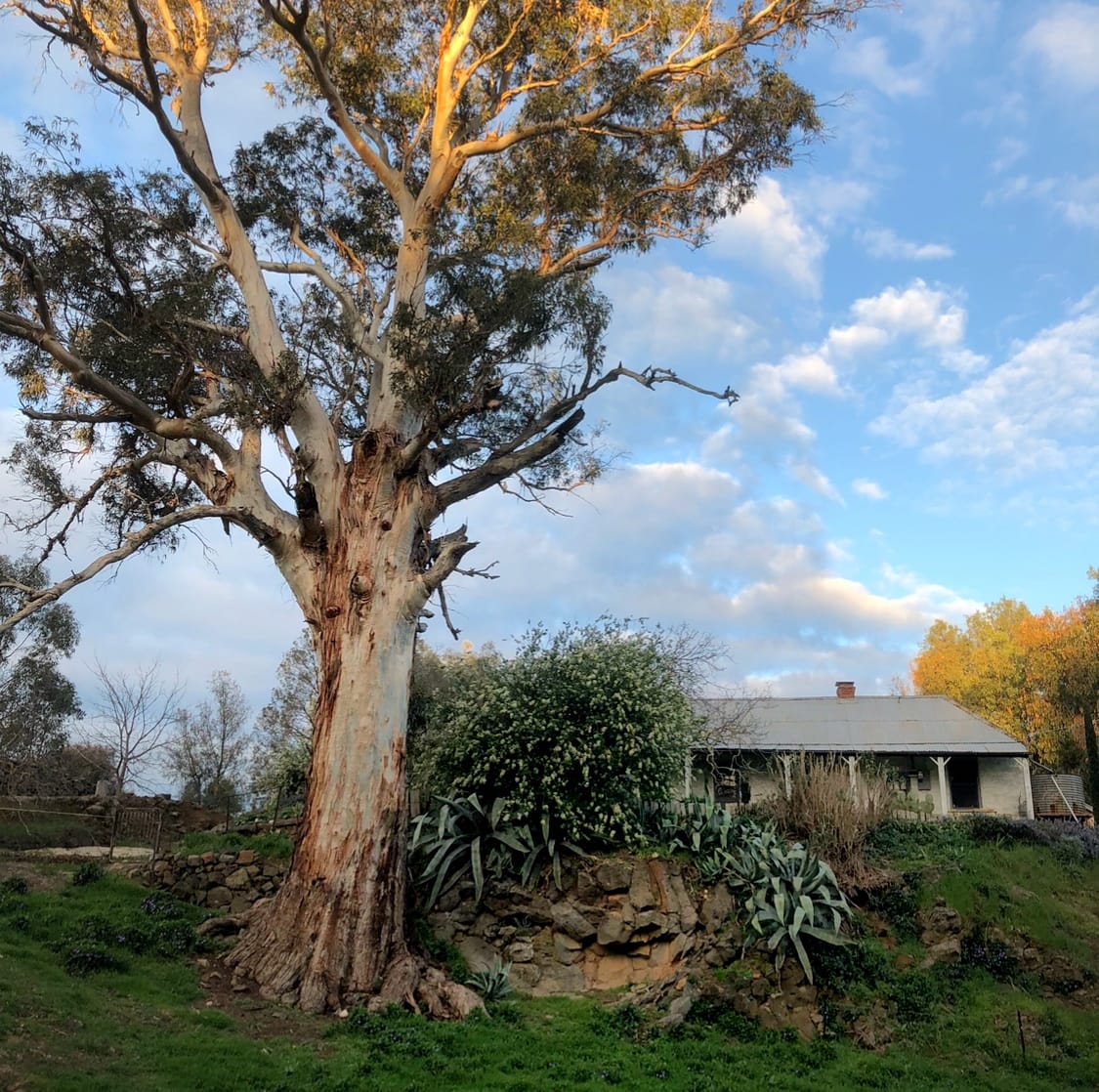
Gardening in a drought-prone place of temperature extremes is not for the faint-hearted, but Jeremy Valentine loves a challenge. Here’s the latest instalment of In the Weeds, his monthly newsletter for Galah.
Once a colossal specimen overseeing the lives of the many birds it sheltered, now it just looms like a giant hand clutching at the sky. But even in death, The Big Tree refuses to be ignored.
There’s a titanic Tasmanian blue gum at the front of our house, which the old locals refer to as The Big Tree.
It is a significant tree for the Dja Dja Wurrung people too — long before Scottish explorer John Stuart Hepburn trekked through these parts in 1854. It’s so old, it was even old back then.
In that time, the Tasmanian blue gum (Eucalyptus globulus) was more plentiful in southern Victoria, where it grew mostly in damp valleys and woodlands — much less here on the drier land north of the Great Divide.
But this specimen, one of a meagre few still remaining in this area, was a particularly handsome example. It was a giant, with a lovely symmetrical habit.
From its trunk great hulking boughs jutted out in every direction, festooned with a scribble of bark, revealing beneath, smart, suede-like streaks of pink and grey.
Every year, ivory blossoms, stippled with a fuzz of showy stamens, nestled themselves atop great clutches of blue-grey leaves. Its branches teemed with a chorus of birds. And frenetic highways of bees came and went from three separate hives within its private hollows.
In hot, dry years, it provided a stopover for the budgerigar. And in the wet years, it was the sacred kingfisher who would flit and flutter, like tiny, mechanical wind-up toys, between its branches.
All through the seasons, it is still home to the parrots, the cockatoos, galahs and the corellas, who squabble over nest sites in its many ancient holes and crevices.
And in late autumn, it’s a determined group of Australian wood duck who congregate, insistently waiting for the creek below to gather its waters.
For the generations since our house was built, in 1857, this noble tree has been a kind of keeper of secrets, overseeing the life and times of the families it sheltered; the endless mechanism of the seasons, and the more recently changing climate.
Sadly, in our time here, we’ve witnessed its great decline from magnificent to malaise, in all of ten years.
It’s hard to say whether this aged old giant had reached the end of its natural lifespan, or succumbed to the effects of climate change with all its oscillations between too wet and too dry.
Or perhaps borer had sapped the life out of it — or all of the above in lethal combination.
I have a photo of me somewhere, arms around its trunk, hugging but a fraction of its impressive girth. But this was before it sent colossal limbs crashing to the ground on the stillest of days, as it pruned itself smaller for battle.
One day when I was mowing beneath its shadow, I unexpectedly ran out of petrol, and went to the shed for the jerry can. When I returned, the lawn mower was squashed like a pancake beneath a gargantuan limb. I felt like I might have been under it too, if it wasn’t for the trip to the shed.
My days of hugging that particular tree ended abruptly.
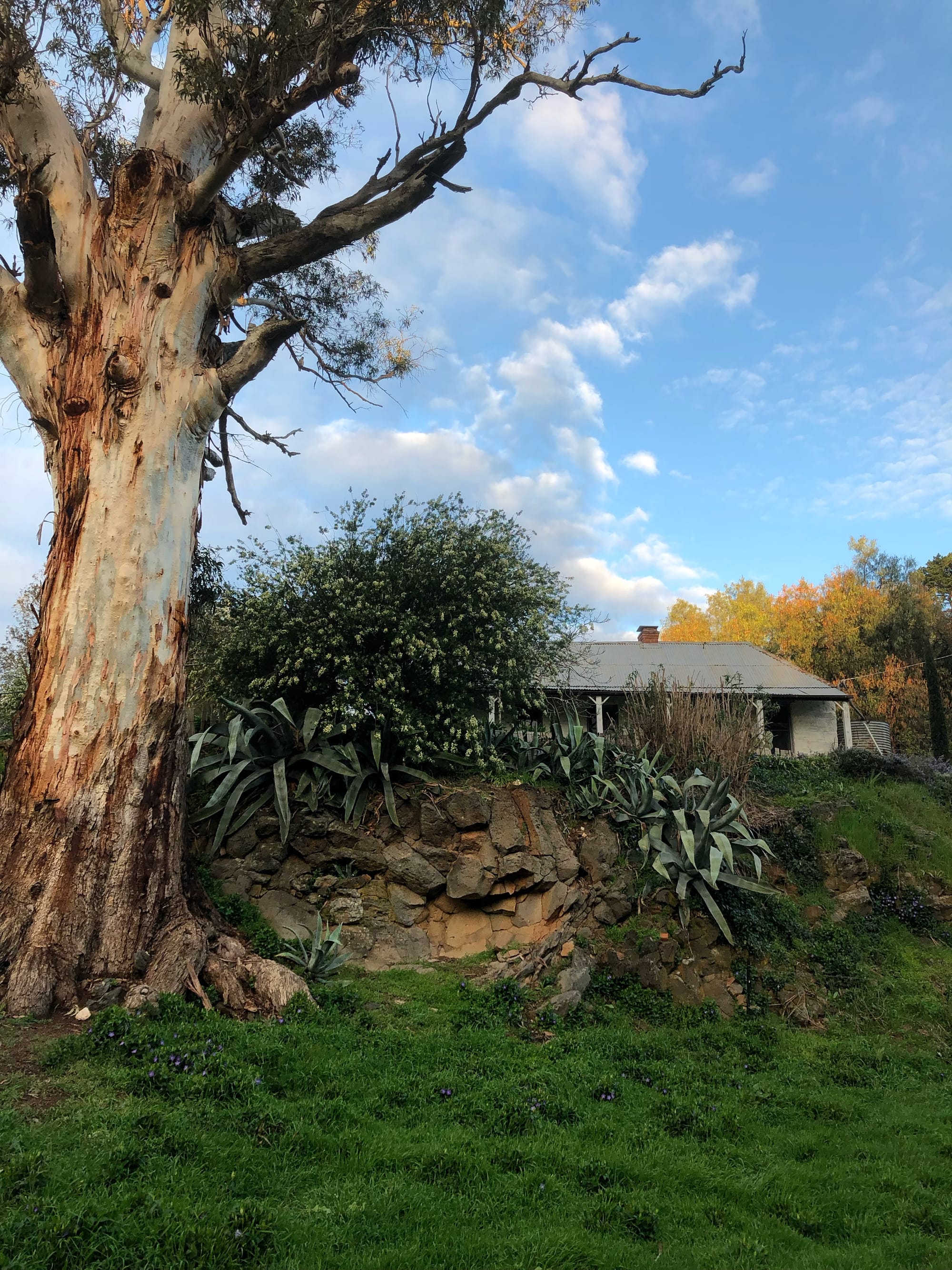
After that, we learned to admire it from a safe distance, as every year a new tree-sized chunk of it came down. And as it was shedding, what remained of it shot taller into the sky, like a great weed going-to-seed. Its canopy became sparse, and it started to look thin and glum.
Finally, over a two-year period of dying, it stands today, completely devoid of life. Like a giant ghoulish hand thrusting out of the ground, its drab wizened fingers clutch at the sky.
Once, many years ago now, at the advice of a kinesiologist, I had written down a list of all the things that worried me in life.
The wellbeing of this tree was high on my list at number four. But it’s funny how you make peace with situations that cannot be changed.
Like all things beyond one’s control (especially on a gargantuan scale, such as The Big Tree), one can only accept the unravelling thread of change.
Sometimes in life, ill winds blow, and the world shifts a little. Even giant Methuselah trees die.
Now I see beauty in its skeleton. I watch as the bark unravels, to reveal a grey, like the mellow husk of a pearl.
In autumn, when the cloistering silence of fog rolls down the valley, this ghost of a tree is monolithic in silhouette.
And when storm clouds gather in great sooty billows, its branches — complete with a crown of cockatoos — look incredible to my eye. From loss, a new kind of beauty emerges.
Meanwhile, the secrets of the tree are kept deep within its sacred wooden heart, to remain forever untold. If only dead trees could whisper about the legion of things they’ve seen.
Now is the time to get in your orders for Australia's pinkest, dottie-est, most glorious magazine. All orders for Galah Issue 13 made by 14 October will get free shipping (shipping will be $10 thereafter).
Carpe diem and get your present cupboard stocked up for Christmas. Sorry for mentioning the C word so early, but I really want you to not have to pay shipping, and for that to happen, you need to order now.
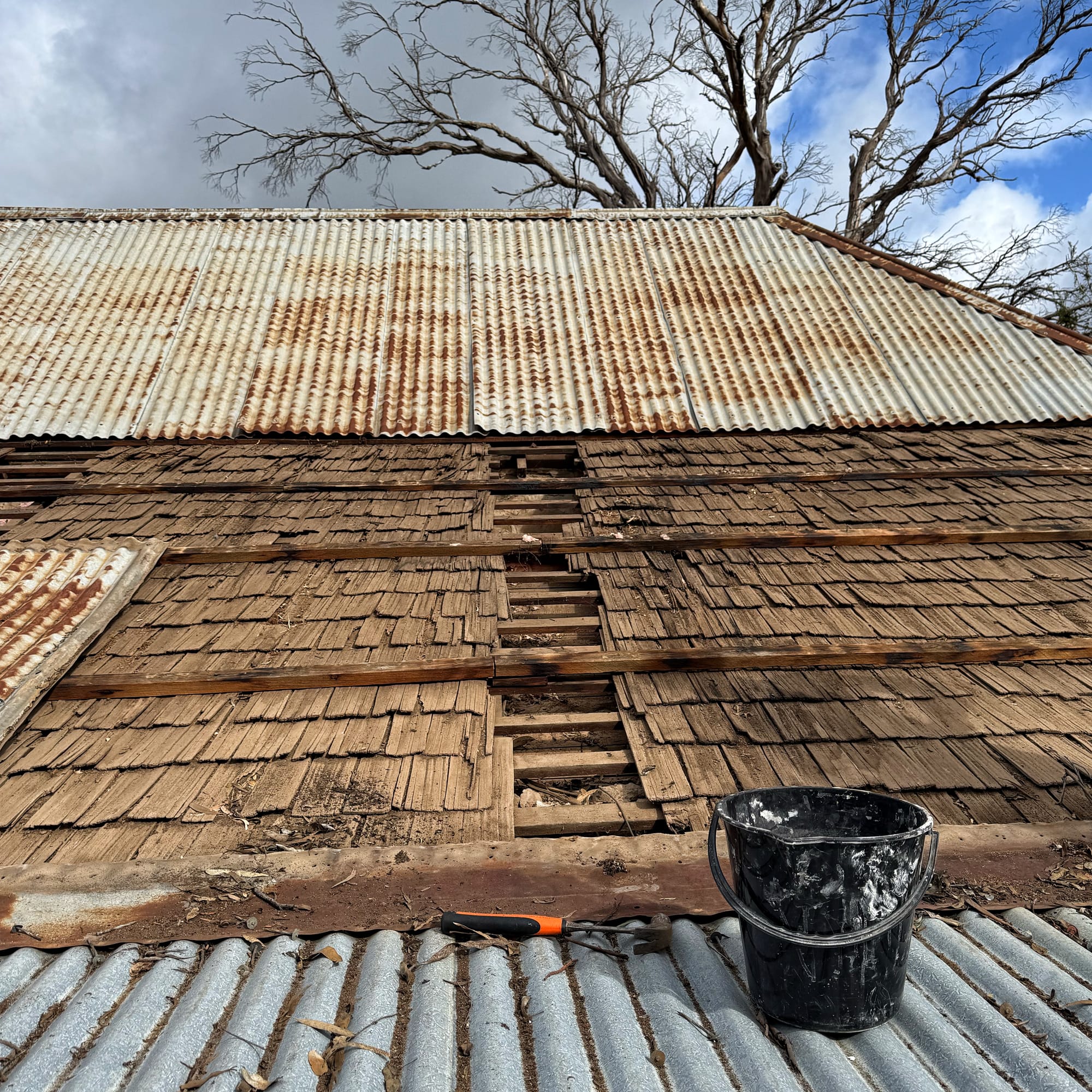
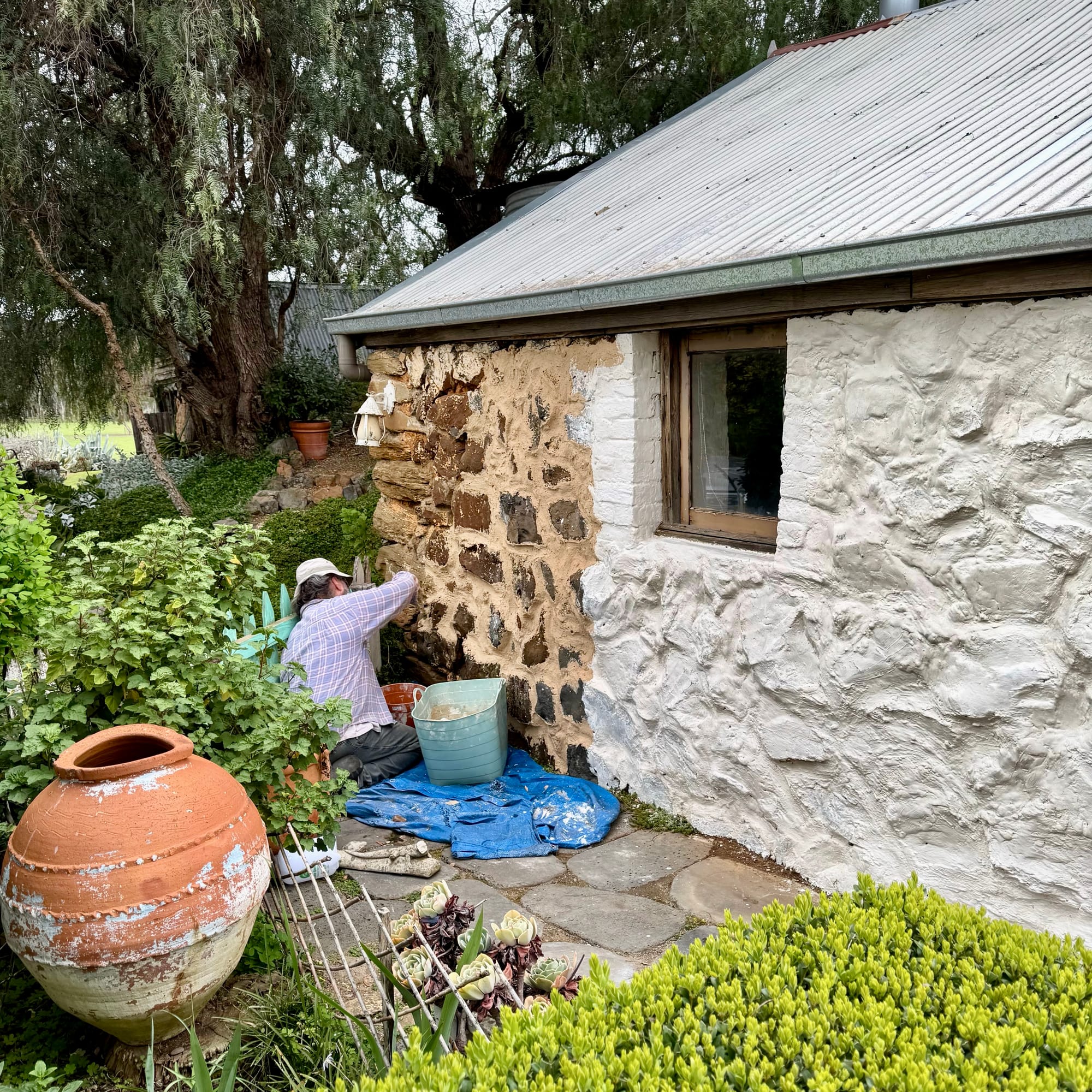
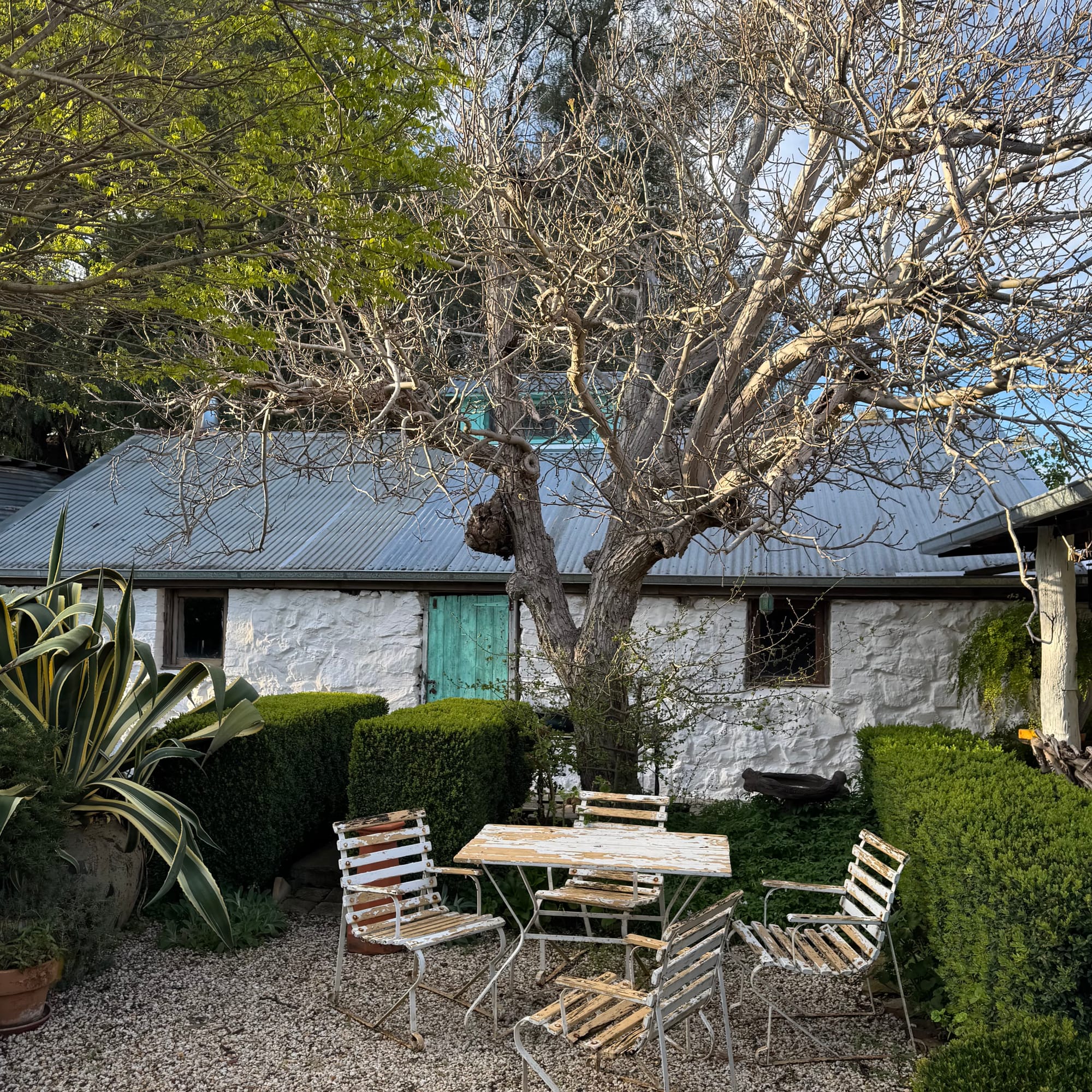
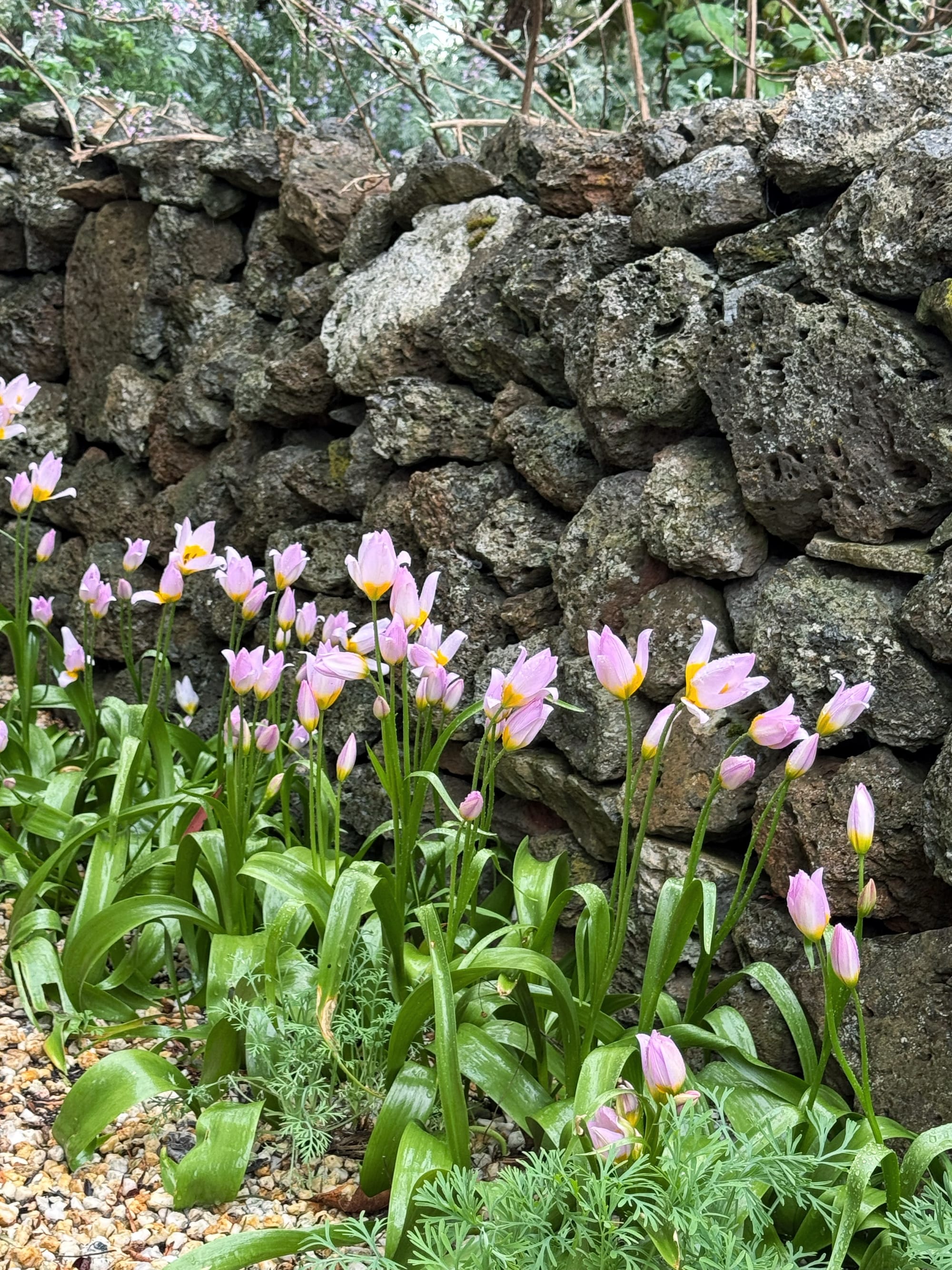
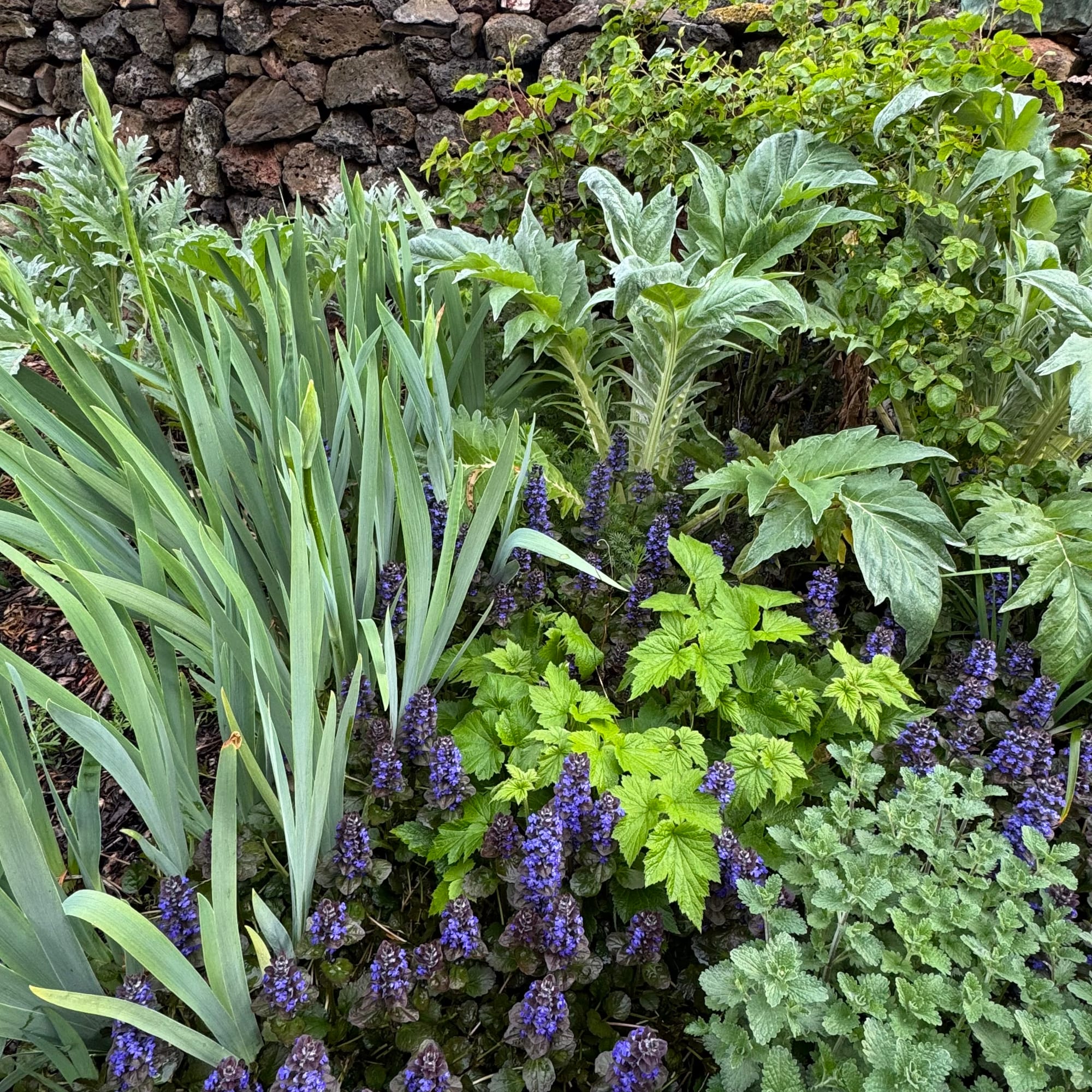
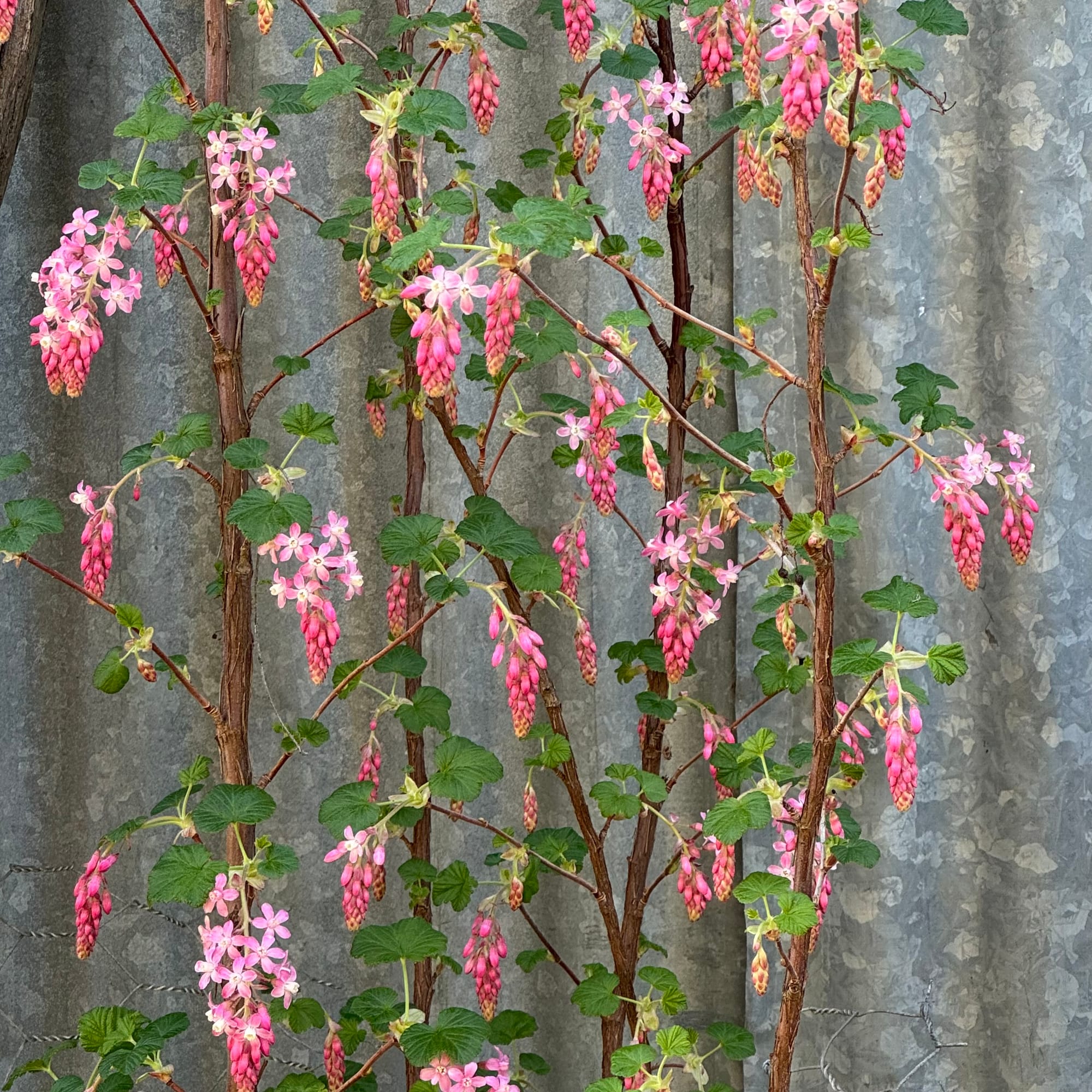
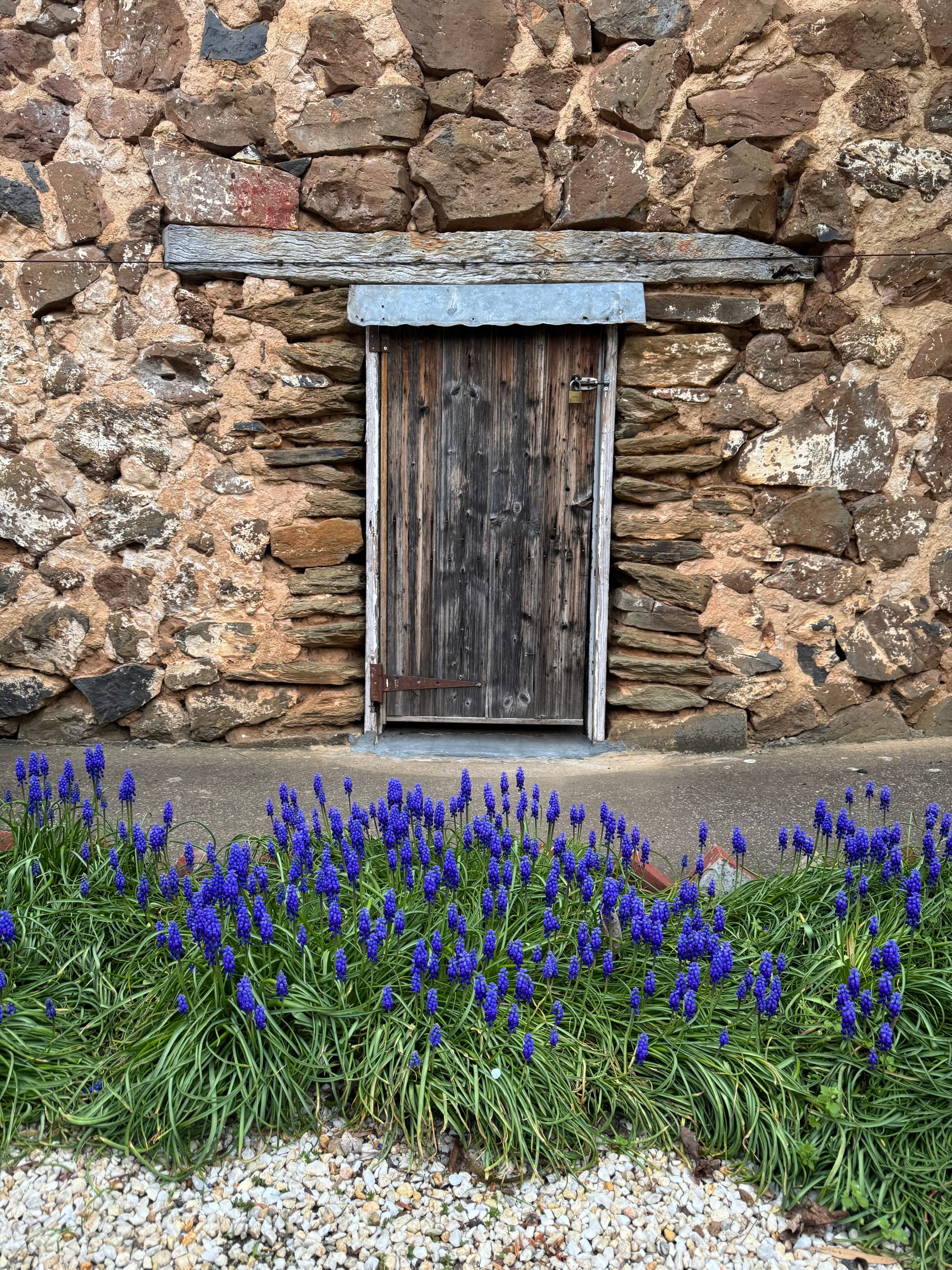
Catch up on Jeremy's previous stories here or find him on Instagram at @thestonescentralvictoria